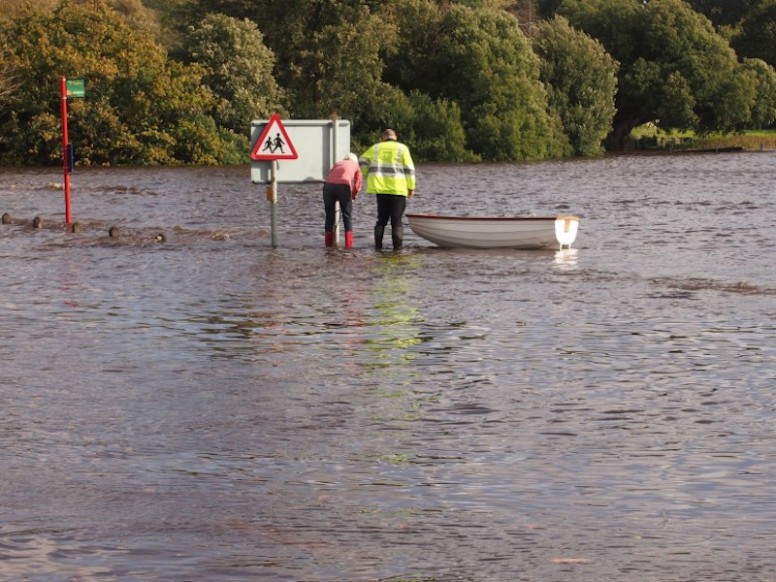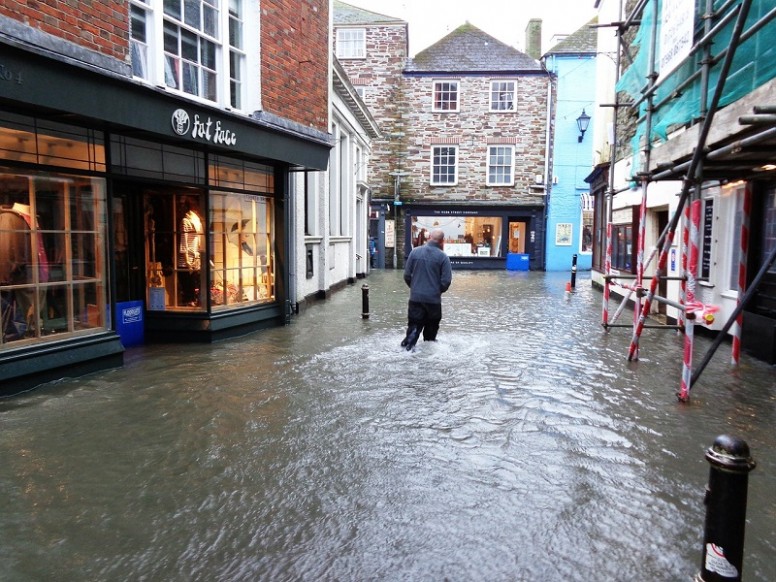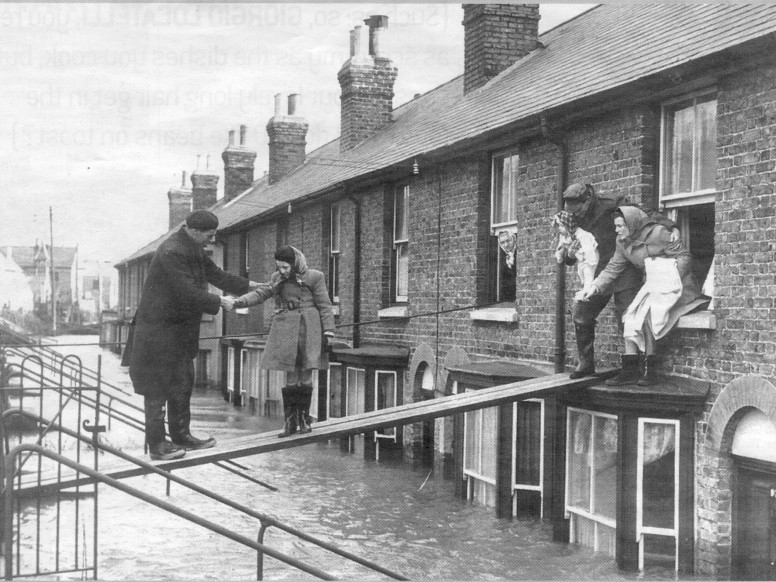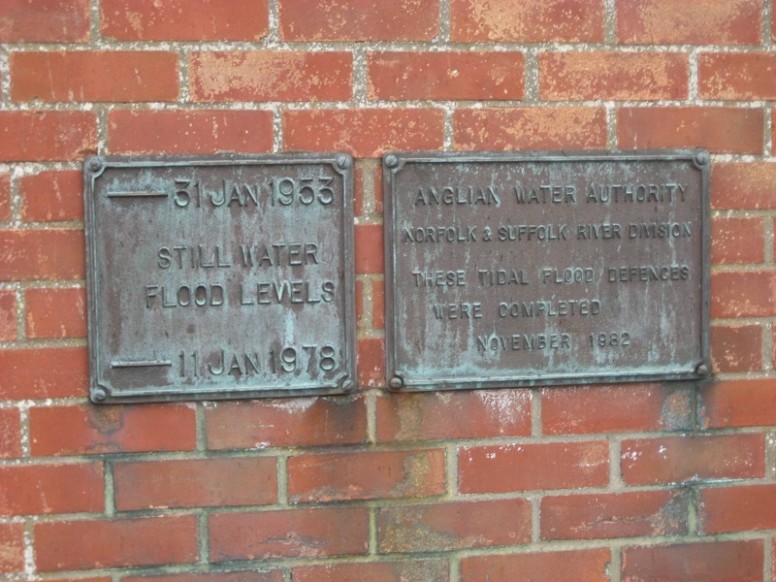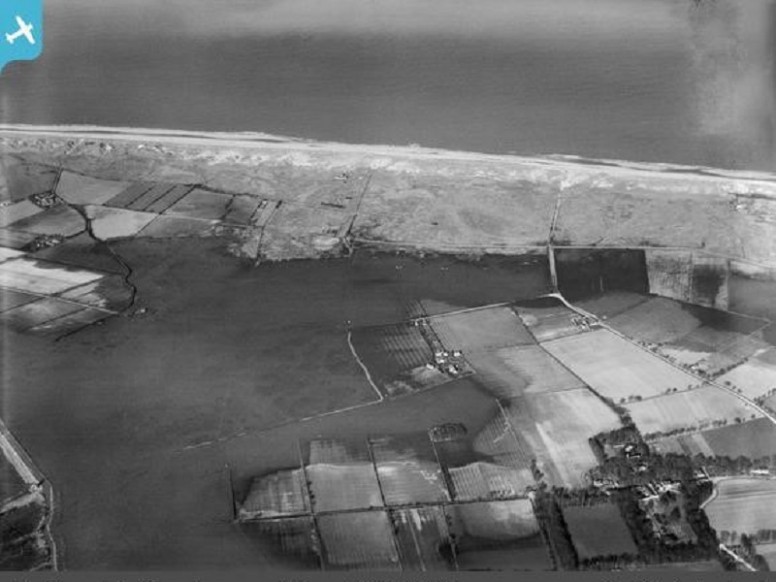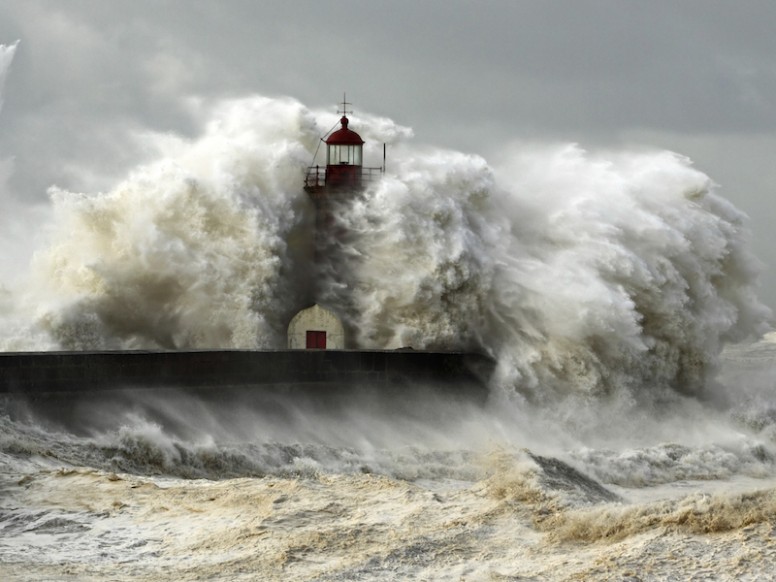News
-
Coastal flooding is rated as the second highest risk for causing civil emergency in the UK
Every two years the UK Government Cabinet Office produces a classified assessment of the risks of civil emergencies facing people in the UK. This is the National Risk Assessment (NRA). Did you know that coastal flooding is rated as the second highest risk for causing civil emergency in the UK, after pandemic influenza? You can read more about the National Risk Register here.
-
What changes the frequency of coastal flooding over time?
As I explained in the previous post, coastal floods are driven by extreme sea levels, which arise as combinations of four main factors: waves, astronomical tides, storm surges and relative mean sea level. Longer-term changes in any, or all of the four components can lead to variations in extreme sea levels. Changes in relative mean sea level (due to changes in sea level associated with…
-
What causes coastal flooding
Coastal floods are caused by extreme sea levels, which arise as combinations of four main factors: waves, astronomical tides, storm surges and relative mean sea level. The additional influence of river discharge may also be important in some estuaries. A storm surge is a short-lived large-scale rise in water level, driven by low atmospheric pressure and strong winds associated with a storm, and enhanced…
-
Historic Events before 1915
The UK has a long history of severe coastal flooding. Historic accounts suggest that large numbers (magnitudes up to 105) of people were drowned on the east coast during events in 1099, 1421 and 1446, although there is high uncertainty. In the last 500 years, major coastal flood events impacted the west coast in 1607, the west and south costs in 1703 and the…
-
New release: SurgeWatch Version 2
We are pleased to release a beta of the second version of our coastal flooding database. In the first version of our data base, described here, we identified the dates and times of high water levels in tide gauge records and looked to see if there was evidence of coastal flooding at these times. This approach had two key limitations. First, key historical coastal flooding events…
-
The Floodstone Project: compiling a database of historic flood markers
Photo credit: Wells-next-the-Sea – Mark Bateman The risk posed by coastal flooding is often considered according to the relationship between the magnitude of flood events (best expressed as the elevation to which the water rises) and how often such events occur. This relationship is termed a magnitude-frequency relationship (or recurrence interval) and is often expressed as a curve. These curves allow flood experts and coastal managers to determine the extent of…
-
"The sea is in, Sir" — Coastal Flooding on the East Coast of the UK on 12th February 1938
by Shari L. Gallop On 12th February 1938, severe coastal flooding occurred on the UK east coast, and persisted for months afterwards. Winds of 80 mph (129 kph) blew across the English Channel, disrupting ship and air transport (The Argus, 1938). Norfolk was the worst affected area, with coastal flooding recorded at Horsey and Cromer. The high tide at Horsey was 10…
-
Storm Imogen hits parts of England and south Wales
Parts of the UK are experiencing high winds and heavy rain as Storm Imogen moves in from over the North Atlantic this morning. The Environment Agency has issued nearly 60 flood warnings, many in South West England and southern Wales. There are reports of more than 5,500 homes without power in the South West and Gloucestershire owing to the…


